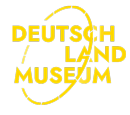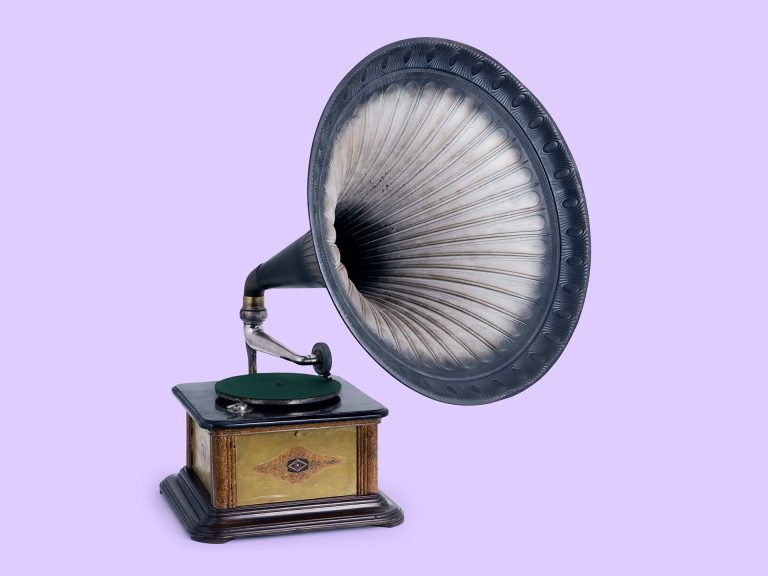
The Weimar Republic
1926
The Weimar Republic
Barricades and flappers
The first German democracy experienced mixed fortunes. Five years of political and economic turmoil were followed by the relative stability and the cultural blossoming of the “Roaring Twenties”. The Wall Street Crash (1929) and subsequent economic slump put an end to the economic good times, whilst politically the rise of the National Socialists heralded the end of the Weimar Republic and democracy itself.
The traumatic birth and early years of the Weimar Republic
The democratic elections of 1919 that followed the end of the First World War and the abolition of the monarchy saw women cast their vote for the first time in German history. Seeking a haven from the fighting between extremist political groups in Berlin, the National Assembly elected by universal suffrage met in Weimar to draw up a constitution. This explains why the unofficial, but universally adopted, name of the new system was the “Weimar Republic”, despite its official title of “German Reich”.
The early years of the Republic were difficult as enemies on both the Left and Right saw it as either too radical or too moderate. Right-wing groups criticized the punitive terms imposed by the Versailles Peace Treaty – including financial reparations and the loss of territory – and argued that the new government had “stabbed Germany in the back” by signing an armistice whilst the Army was still undefeated. Many wanted a return of the monarchy. Left-wing groups on the other hand, saw that the new system had made too many compromises with the established elites and sought to continue the revolution until a truly socialist system had been achieved.
The early years of the republic were shaken by uprisings and political assassinations. Whilst the economy was struggling with the consequences of the war and severe inflation, the resulting social conflicts produced political instability. This was exacerbated by the inability or unwillingness of the new political parties to work together to solve the various problems that Germany faced. The 14 years of the Weimar Republic saw 16 governments.

Dangerous propaganda: the stab-in-the-back myth poisoned interwar German politics Election poster from the DNVP, 1924 (source: Wikimedia Commons).
Boom and bust: the Roaring Twenties and the Great Depression
The permacrisis of Weimar democracy abated in 1924, at least for a while, as currency reform and American loans led to an economic upturn. Art, culture and science all flourished during the “Roaring Twenties”. Berlin in particular became world-famous for its extraordinarily liberal cultural scene and hedonistic nightlife. Nevertheless, not everybody was able to benefit from the extraordinary turn in fortune, and many social problems persisted, including unemployment.

Joie de vivre in the “world capital of culture”: a dance revue in Berlin’s Metropole Theatre Photograph by Ernst Schneider, 1926 (source: Staatliche Museen zu Berlin, Kunstbibliothek / Anna Russ CC BY-SA 4.0)
The global economic crisis of 1929 put an end to the good times. Mass unemployment and widespread and acute social suffering inflamed an already unstable political situation. As the government was unable to develop a coherent response to the crisis, the population lost confidence in the democratic system and turned to the simplistic solutions offered by political radicals. In 1933, the Weimar Republic came to an end following the rise to power of the National Socialists under their leader Adolf Hitler.
Share article
1926
With the Weimar Republic experiencing an economic boom and a flourishing of culture, the “Roaring Twenties” were in full swing.
Epochs in the museum

About the Deutschlandmuseum
An immersive and innovative experience museum about 2000 years of German history
The forest of the Varus Battle
Knowledge is just one click away
Embark on a journey through 2,000 years of German history. One country, 12 epochs. You’re invited to experience the Epoch Weeks at the Deutschlandmuseum. Every week we showcase an epoch that is also on display in the Deutschlandmuseum.
FAQ
The Weimar Republic was the first parliamentary democracy in Germany. Lasting from the end of the German monarchy in 1918 to the seizure of power by the National Socialists in 1933, the 14 years of republican democracy saw social upheaval and political crises but also the flowering of German culture.
The Weimar Republic faced many challenges. Significant sections of the population rejected democracy in favour of an authoritarian, monarchical or socialist political system. Politicians failed in their efforts to stabilize the economy and were therefore unable to establish public confidence in democracy. Renewed economic crisis after 1929 was decisive in pushing voters into the arms of radical politicians, with the ensuing increase in unemployment and social misery making the promises of Communism or National Socialism seem the only possible solutions.
The popular perception of the Weimar Republic is dominated by images of flappers and artists dancing away the long nights of the “Roaring Twenties”. Whilst such elite groups may well have enjoyed the boom between 1924 and 1929, the majority of the population was still beset by high unemployment and urban squalor, made worse by high levels of migration from the countryside.
Elected to draw up a constitution for the new Republic, the National Assembly of the German Empire was unable to meet in Berlin due to fighting between various extremist political groups. Seeking a safe haven to undertake its important work, it decamped to the quiet Thuringian town of Weimar. The republic they founded was, informally, named after the town.


